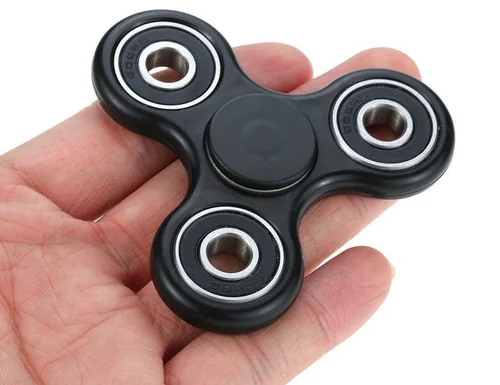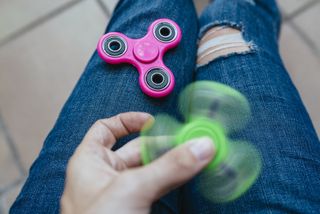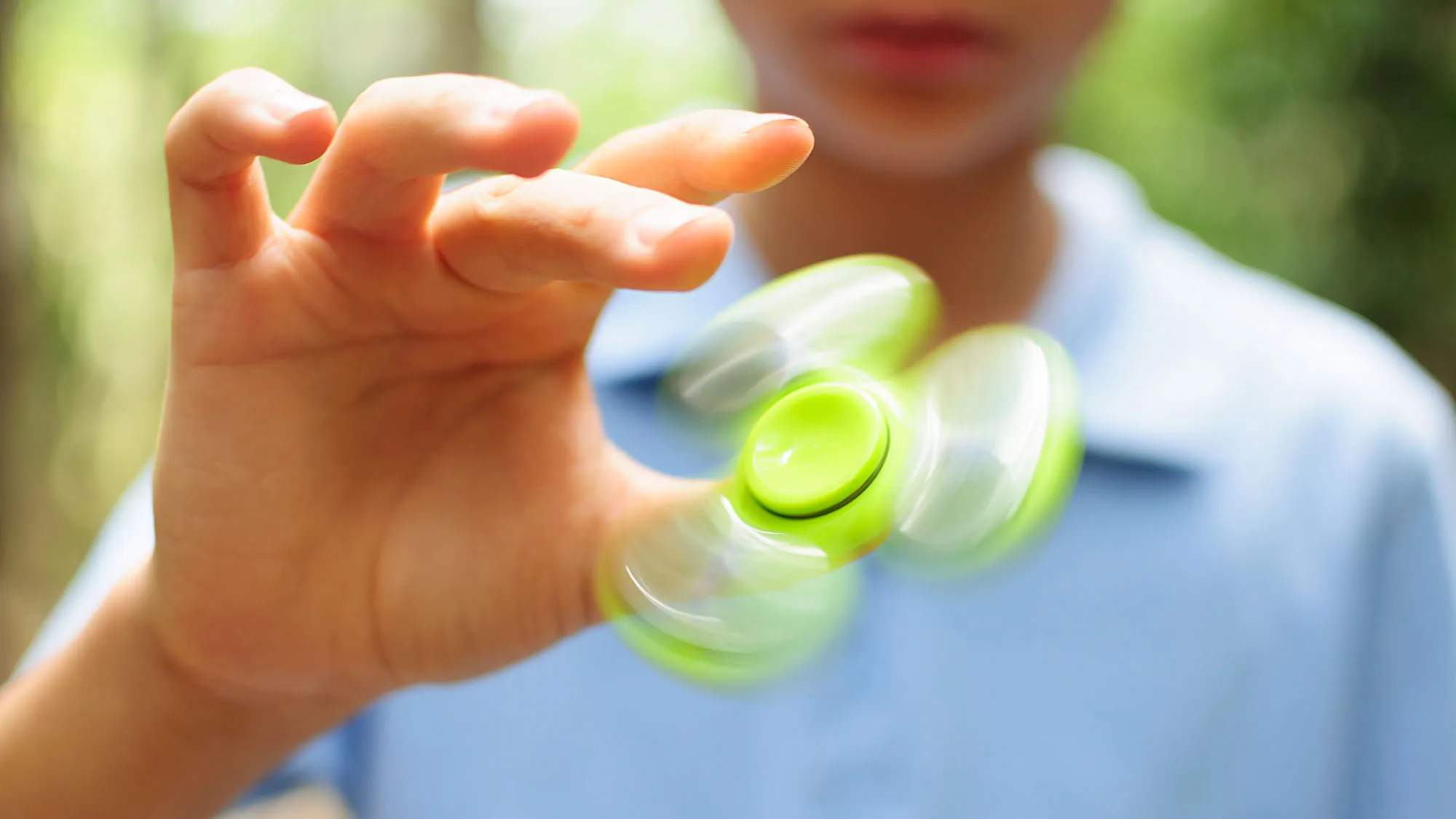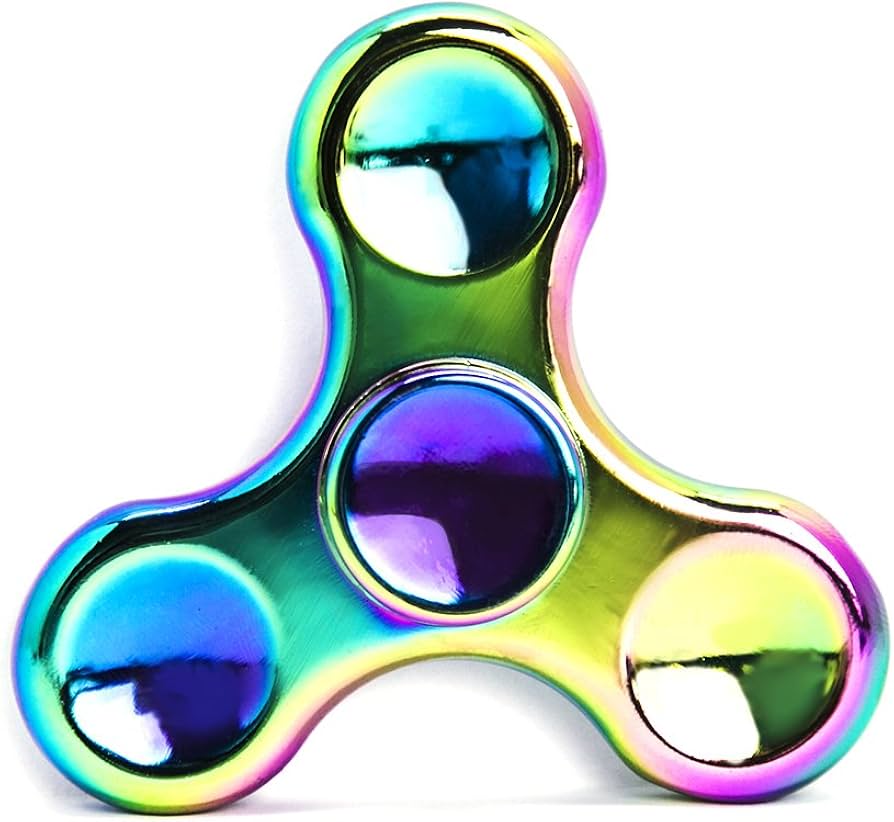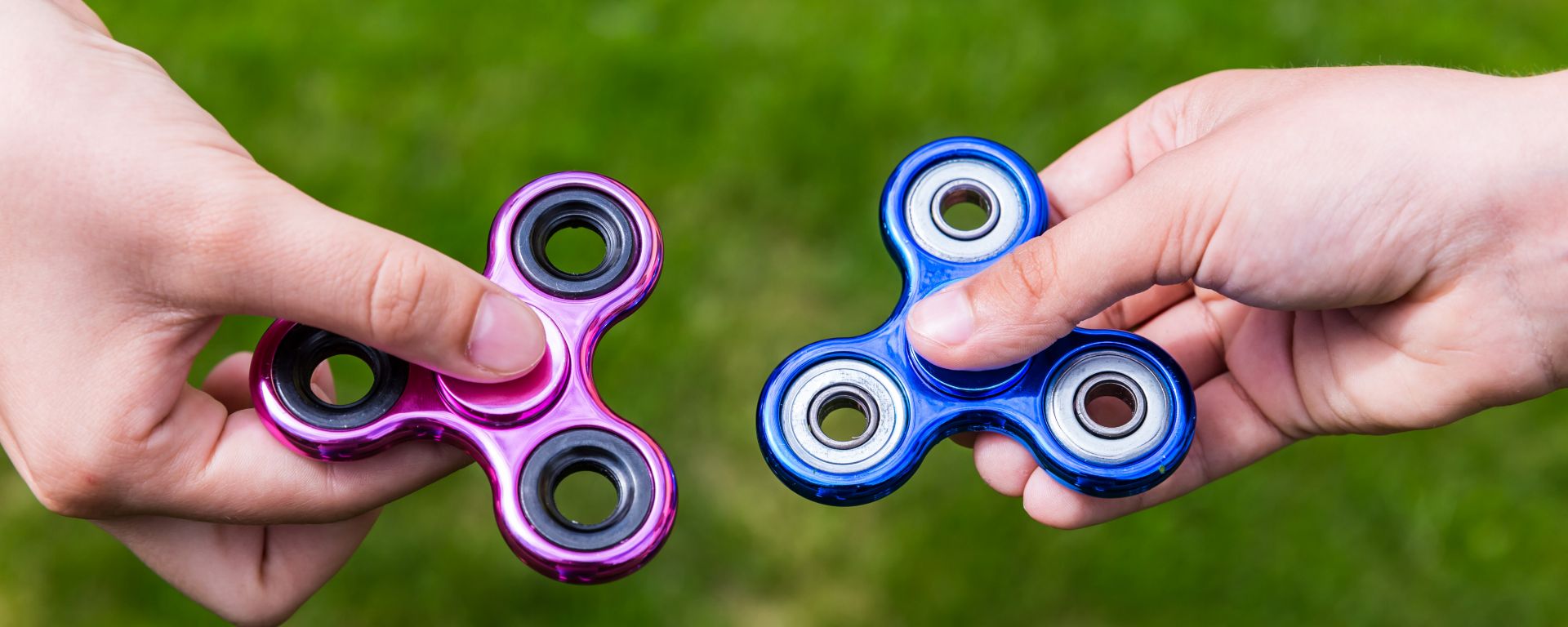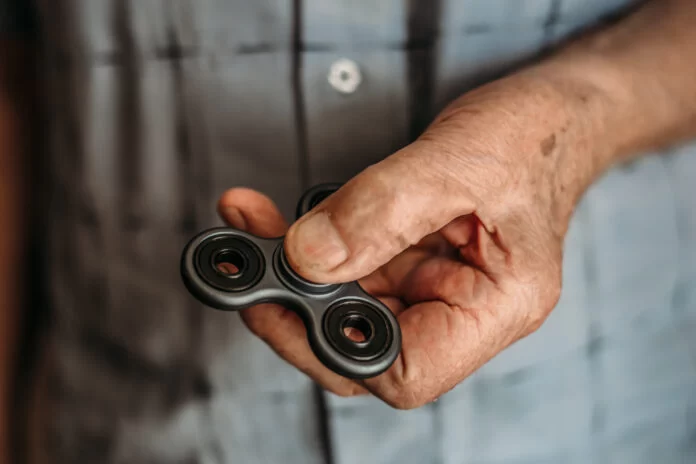Materials for the Moving Fidget Spinner
The heart of the fidget spinner is the sealed ball bearing. Skateboard bearings are a common choice as they are readily available and reasonably priced. You can find a box of them for less than $5.00 on Amazon. However, they might not be of the highest quality. If you have access to a local skateshop, you can get an 8-pack or even score an old one for free. Just make sure it's good enough for your spinner project. The thickness of a skateboard bearing is 7mm. You have the option to use 1/4" wood and have the bearing slightly thicker than the body or 1/2" and have the bearing be a tad bit recessed. It's recommended to go with the former, especially if you plan to use glue later. To make the body of the spinner, you'll need to drill a hole. Skateboard bearings are 22mm, which is just shy of 7/8". You can use a drill, saw, and other necessary tools for this process. Glue is essential to hold everything together. You can choose from Crazy, epoxy, or Gorilla glue.
Making the Body of the Fidget Spinner
Refer to "How to Make a Paper Animation Wheel" for the theoretical basis. Instead of seven sides, make eight for a balanced spin. Cut the corners off evenly to create an octagon from a square. You might need to adjust the steps as you go along. When it comes to holding the bearing, you do it between your thumb and forefinger - a pinch. The body of the spinner needs to have clearance for a smooth spin. With large hands, keep the distance between your pinch and the perlicue at about 2.5".
Inserting the Bearing
Be careful when inserting the bearing. There's a risk of it falling out, so make sure it's secure. You can use glue or find a tight fit without the need for glue if you have the right tools.
Drawing for Animation
Again, refer to "How to Make a Paper Animation Wheel" for the practical steps or visit an optical toy site for a more detailed explanation of the theory. If you do this again, consider using whiteboard material or a "hardboard panel board" made of MDF with a smooth white panel side. It allows for creativity and experimentation.
Making It Work and Other Spinners
Now that you've completed the basic construction, hold your spinner and see if it works. You can also explore adding weights on the ends to enhance the centripetal force. Use stray balls from an old bearing, drill a hole, and wedge or glue them in. Coins can be used, but they need to be identical in weight for a balanced spin.
In conclusion, making a moving fidget spinner is an exciting and rewarding DIY project. By following these steps and using the right materials and tools, you can create a unique and functional spinner that provides hours of entertainment. Whether you're doing it for yourself or to share with others, the process is both fun and challenging. So, get your hands dirty and start creating your own moving fidget spinner today!
